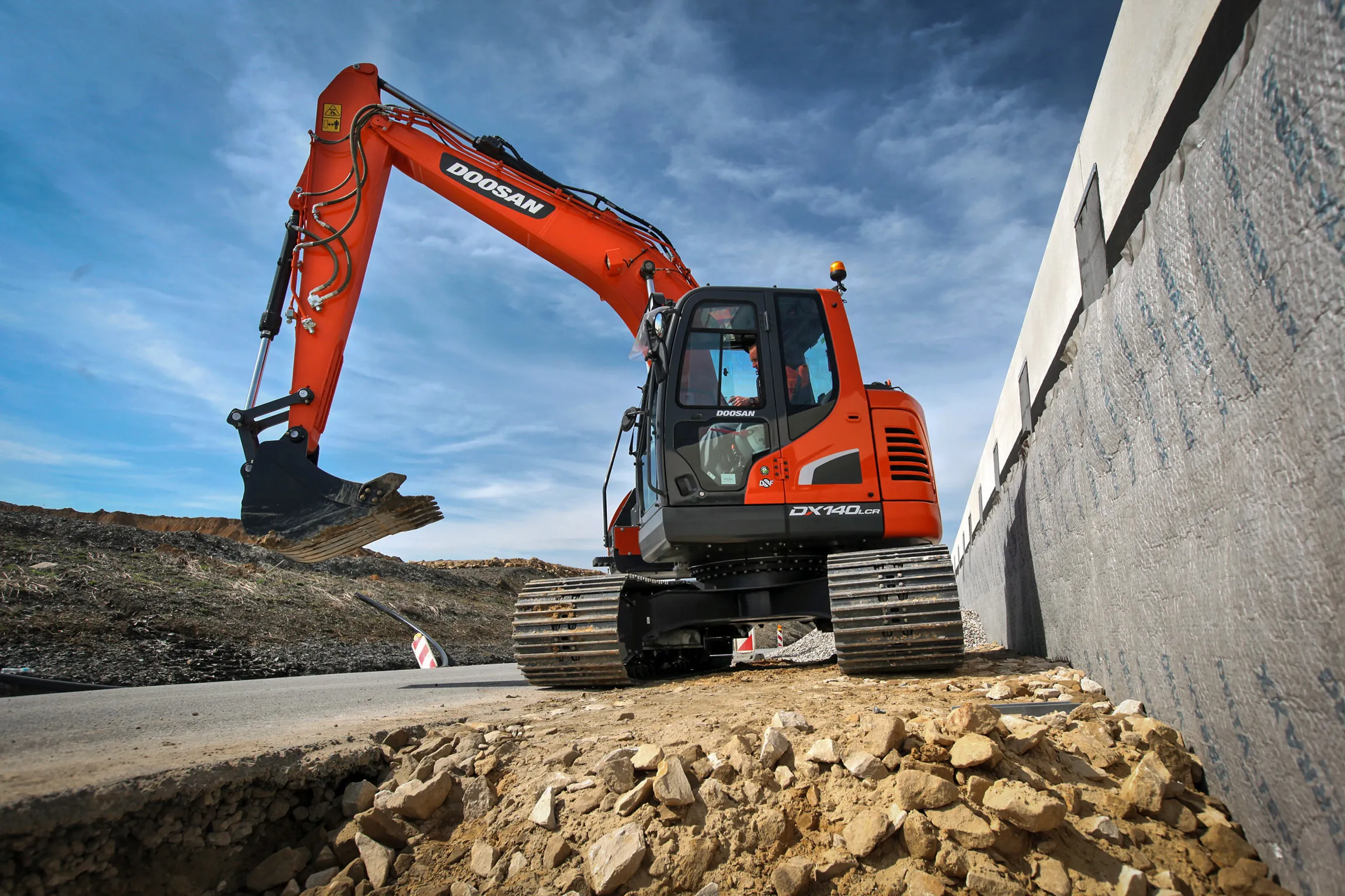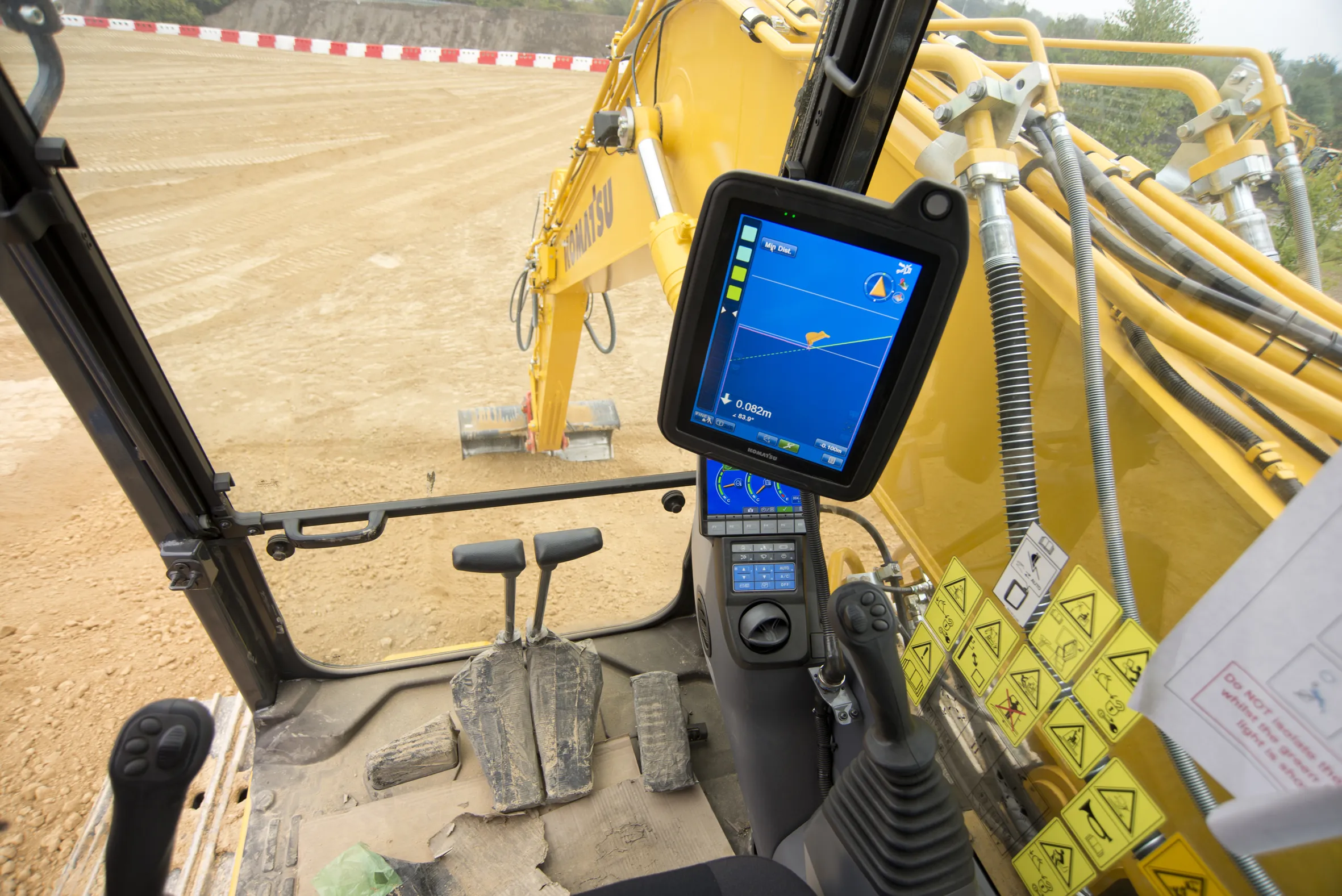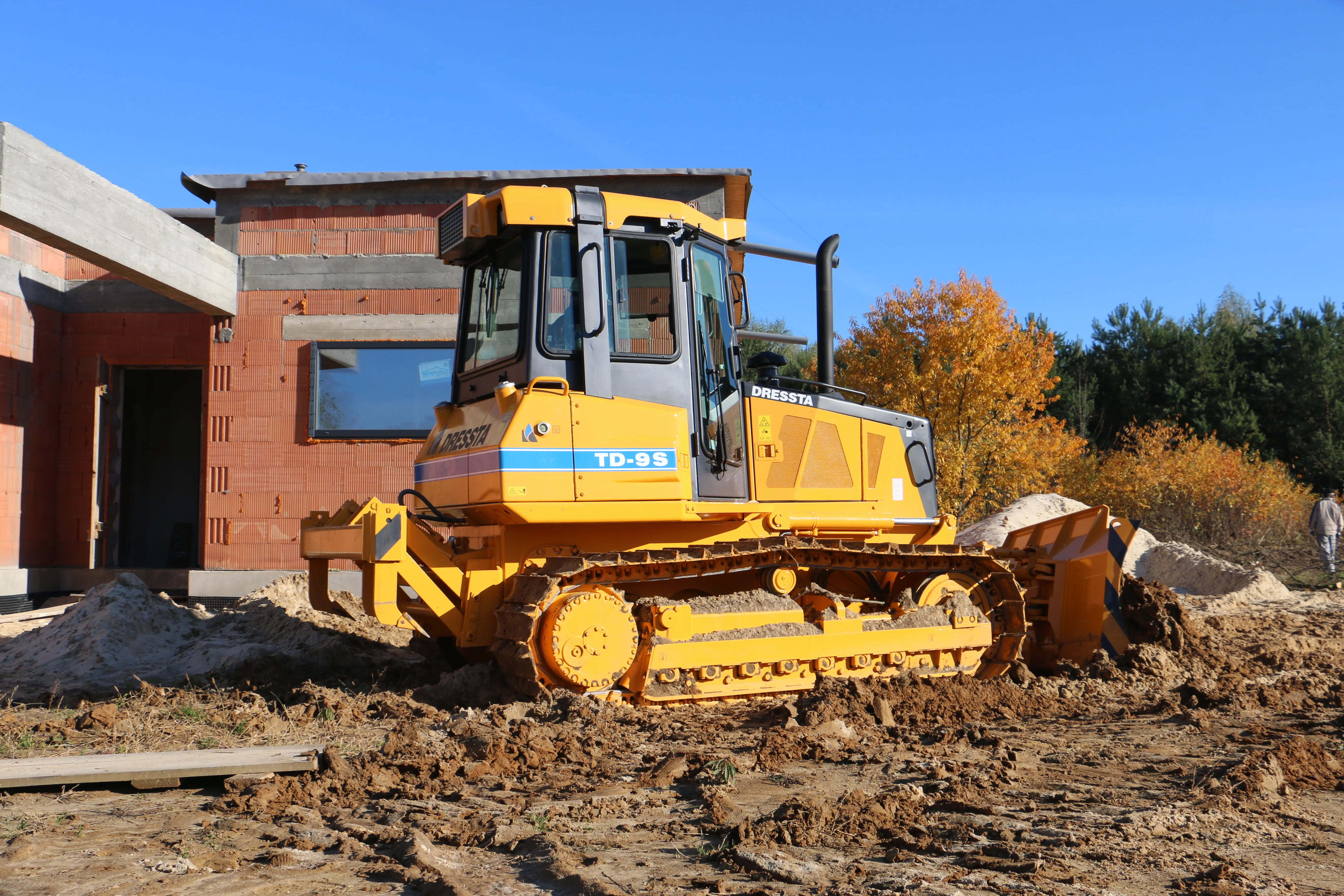Liebherr has unveiled its first Generation 6 dozer, the PR736. The hydrostatic drive machine has a service weight of 25tonnes and is powered by a 150kW engine. The driveline is electronically regulated and features an integrated eco function. The operator can choose between high performance and maximum economy, with the system automatically setting up the travel components. Proactive power control is also included on the Generation 6 machines, with travel drive settings being automatically adjusted as the o
March 5, 2014
Read time: 2 mins
Externally the Generation 6 machine has angled body panels and increased glazing, including the doors, to improve the view down to the ground. The exhaust system is also concealed by the cab A-pillar to prevent it obstructing the operator’s view to the blade. Inside the cab the PR736 has been updated with a touch-screen display that can be used as a monitor for an optional reversing camera. Travel speeds can now be selected without having to manually shift gears, while a desired dozing speed can also be stored in the machine’s memory for repetitive dozing duties.
The PR736 is available with L, XL and LGP tracks and customers can choose a semi-U blade, a straight blade or a six-way blade with hinged corners for ease of transport.









